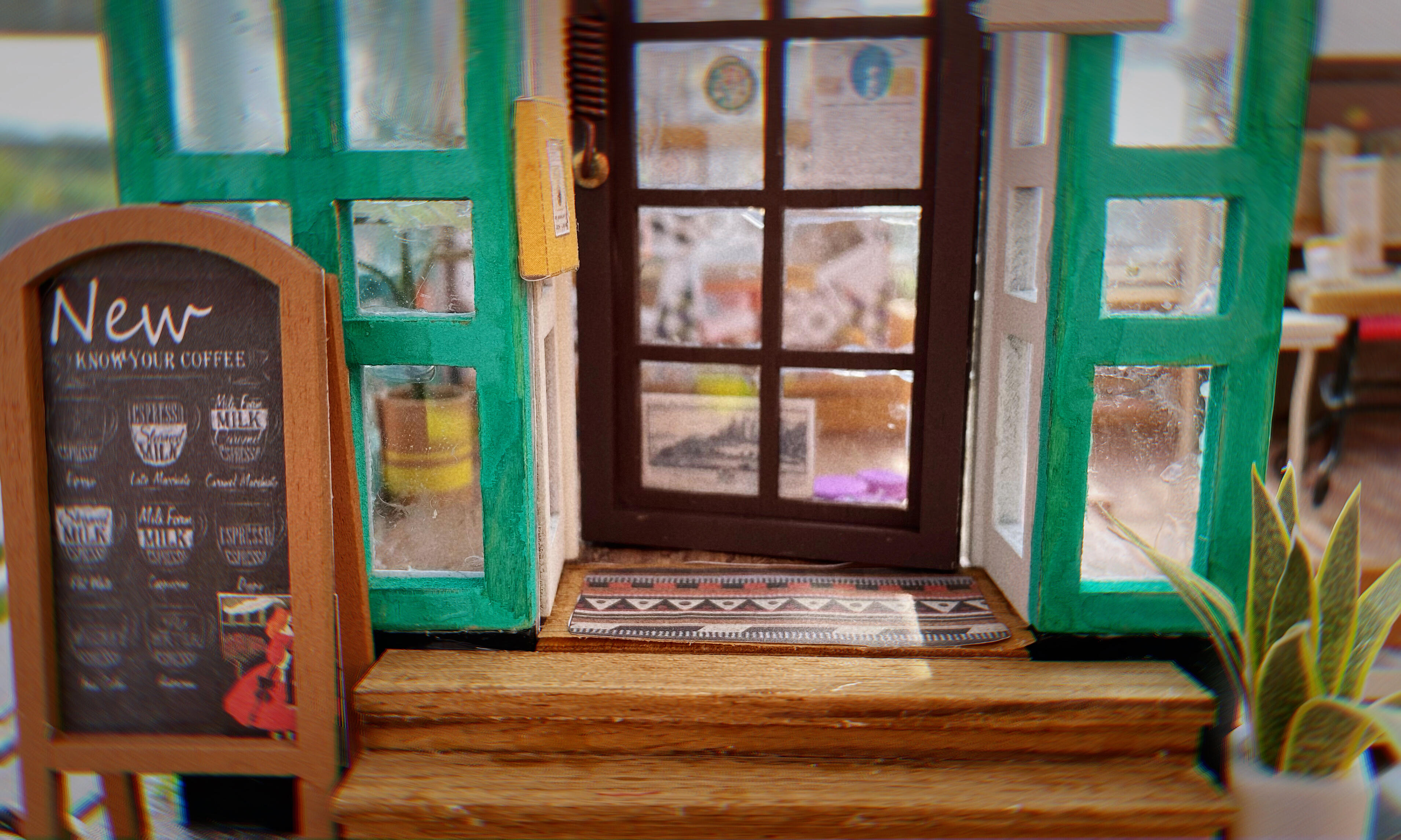One researcher told me how his entire career had been devoted to the sensory biology of birds and, apart from once being asked to write a chapter for an encyclopaedia of bird biology, had received relatively little recognition. On retirement he had burned all his papers, and then - to his simultaneous dismay and delight - I started asking him about his research.
Amazingly, we train ourselves to ‘reverse’ the inverse image on our retinas. In a famous experiment conducted in 1961, Dr Irwin Moon wore image-inverting spectacles that effectively turned the world upside down. At first he found it horribly disorientating, but after eight days of wearing the spectacles Dr Moon had adjusted and ‘saw’ the world the right way up again. To prove it, he drove his motorbike and took his plane for a spin – without mishap. Moon’s extreme experiment provided irrefutable evidence that we ‘see’ with our brain rather than with our eyes.
哇,我以前有听说过因为眼睛的成像是上下颠倒的,所以婴儿刚出生的时候看到的世界是反的,后来才调整过来的,原来同样的过程也可以在成人身上实现!大脑好神奇!
Type 2 includes birds like ducks and the woodcock, whose eyes are high up on the sides of the head. They don’t have a great forward view and most don’t need to see their bill tip because they rely on other senses when feeding, but they do have panoramic vision, above and behind – helping them detect potential predators. Interestingly, the views from each eye barely overlap, so they probably see two separate images.
如果两只眼睛看到的图片没有重叠的话,那不是就很难推测物体的深度吗![]() 还是说它们要求不高所以边运动边推测也可以…
还是说它们要求不高所以边运动边推测也可以…
我觉得很有意思的是,如果是像人的眼睛那样两只都在前面,那么前行的时候靠一只眼睛推测深度就不精确;但鸭子眼睛在两边,所以前行的时候几乎就是和视线垂直,两边的深度可以较好地计算…(有机器人是这样做的吗?)但前方到底是怎样呢…只能靠别的感官吗…
这本书里说到鸟类的 retina 不像脊椎动物的那样分布有血管,而是单独由一个叫 pecten 的器官提供,这样看东西不用隔着血管会更清晰。
于是我上网想查查看 pecten 长什么样,结果查到维基的图上有画血管,那是不是画错了啊?按照我的理解所有的血管都在 pecten 里?维基说“大大减少 retina 里血管的数量”,而我查到的别的来源都说是 no blood vessels…虽然“减少到零”也勉强能算“大大减少”吧…
ps. Retina 的中文是“视网膜”,但既然鸟类的 retina 里没有血管,那叫“网”就不合适了。
pps. Fovea 的中文是“中央窝”,但鸟类有两个 fovea,那也不能叫中央了吧。
If you have observed captive birds of prey, you will see that they often move their head from side to side or up and down as they watch you approach. They do this because they are alternating your image on their two foveas, the shallow one for close up, the deep one for distance.
咦我只注意过猫头鹰歪脑袋!它们不能转眼珠,所以就转脑袋。
不过恍惚也有印象鸟类的脑袋转得特别快。。观鸟不够多,下次出门带望远镜(还想搞个好的镜头![]()
some birds of paradise in New Guinea and manakins in South America actually create their own sun spot on the forest floor by pruning adjacent trees. It was once thought that this ‘gardening’ was to minimise the risk of predation, but as our understanding of avian vision improved, it became clear that the birds were manipulating the background colour to maximise the visual contrast of their plumage and the overall effectiveness of their sexual displays.
哇,自己给自己造舞台
#BirdSense 是男性鸟类学家十年前写的,还提到雄性鸟类通过展示自己的性魅力来吸引雌性。这种视角我觉得就比较男。比较新的书 #TheBirdWay (女作者著)里倒是有提过这是因为男性科学家长期以来对雌性鸟类的忽视。实际上对于很多鸟类这是一个双向选择。比较喜欢后者提到这种问题的视角,但是那本书的写作手法我实在太不喜欢了,读不下去,好可惜。。(要不我再试试![]()
#BirdSense 里还有一段:
Darwin’s contemporaries simply couldn’t imagine that females (human or non-human) were smart enough to make such informed choices.
...couldn’t imagine that females were smart enough...我无语凝噎
@civetkikyou 咦这个男的就是英国的!
我觉得他主要是在转述当时科学家的一种态度,我也主要是对那种态度感到不适,但作者本人目前没有引起我的反感,只是觉得没有必要写这种内容。另一个是美国女作者,我觉得她是真心实意地在大惊小怪鸟类竟然比人类厉害,所以很不舒服![]()
@civetkikyou 确实!我打算下一本找找看德国的。
就是感觉因为研究一般都是发英文期刊,所以英文的这类书籍数量也多一些…六零年或者以前德国科学界还不错的时候倒是有好些德语论文,我现在还看到有引用!可惜希特勒赶走了一大批人去美国

@unagi 我其实觉得个人情绪没必要放那么多在这类书籍里啦。如果你只是为了个人兴趣阅读最多只是不舒服而已。但是如果真是要找资料的话,英文资料真的就是话多且没有重点,并且把自己的观点放在事实前面。但是确实也和年代有关系,我找资料的那个东西也都是王权时代的作品了。可能那个时代的英国人就那样吧。德语的资料其实蛮好的,话少而且就讲事实。图还多。美国我就不知道了,但是大惊小怪确实也很符合刻板印象😂